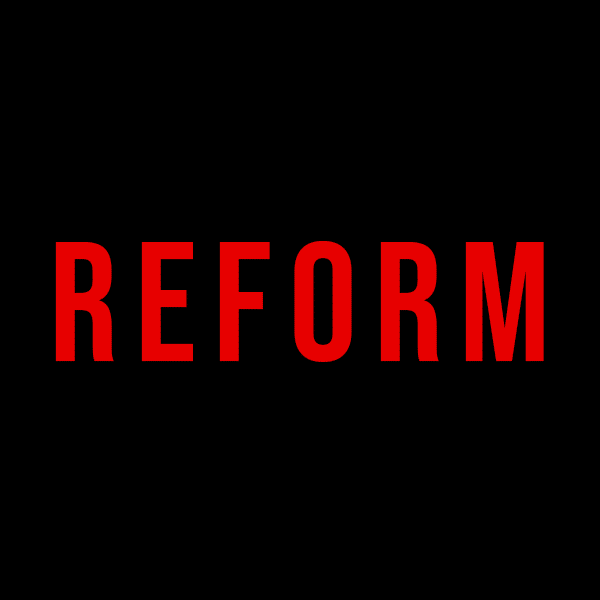 LTE will be a better choice than 5G for supporting fixed wireless service for U.S. Cellular, said U.S. Cellular CEO Ken Meyers, yesterday. U.S. Cellular fixed LTE is currently available in remote areas of Kansas and Nebraska, and the company expects to make more fixed wireless deployments in 2018.
LTE will be a better choice than 5G for supporting fixed wireless service for U.S. Cellular, said U.S. Cellular CEO Ken Meyers, yesterday. U.S. Cellular fixed LTE is currently available in remote areas of Kansas and Nebraska, and the company expects to make more fixed wireless deployments in 2018.
“We’re very happy with what we’ve seen,” said Meyers. “What we’re targeting is . . . outside the cable footprint. We’re meeting the unmet needs of consumers who don’t have reliable broadband today.”
For these deployments, he said, “there is more than enough spectrum and technical ability in the LTE and voice over LTE world to meet the demands of this market. . . If you want to call it a segment, fine, but it’s more of a geographically-based area and I don’t need 5G to do that.”
A key concern about 5G for rural areas is that the technology is expected to be deployed in the ultra-high-frequency millimeter wave band and that band does not support as much coverage range in comparison with lower-frequency bands. In densely populated areas, this limitation will be addressed by deploying cellsites more densely, but that may not be practical in rural areas, Meyers noted.
“I don’t know if we’re ever going to see 5G there,” he said. “The very lack of density there is what will inhibit the ability to have a sustainable business case for 5G because if we’re talking about higher millimeter wave spectrum, you just won’t get the coverage.”
U.S. Cellular Fixed Wireless
Meyers noted two important things U.S. Cellular has learned from its fixed wireless deployments in Kansas and Nebraska.
The company has been satisfied with the performance it has received using internal antennas, which means it will be able to save the cost of a truck roll to install outdoor antennas.
In addition, the company has been able to use existing cellsites. Because they are in remote areas, these cellsites “are less burdened today – you’re actually filling up part of your network,” Meyers explained.
U.S. Cellular fixed wireless service supports broadband speeds in the range of 5-10 Mbps, according to Meyers.
“It has to do with how much spectrum we turn on at any point in time,” he said. We’re dealing with a five to ten meg world right now, but we have more [spectrum] we could turn on.”
Late last year, Leroy Carlson, CEO of U.S. Cellular sister company TDS Telecom, noted that TDS also was exploring fixed wireless but noted that the two companies were each doing their own separate explorations. The goal was to avoid forcing one unit to adopt the other’s business plan, he said.
Meyers made his comments at the Citi 2018 Global TMT West Conference yesterday, which was also webcast.


